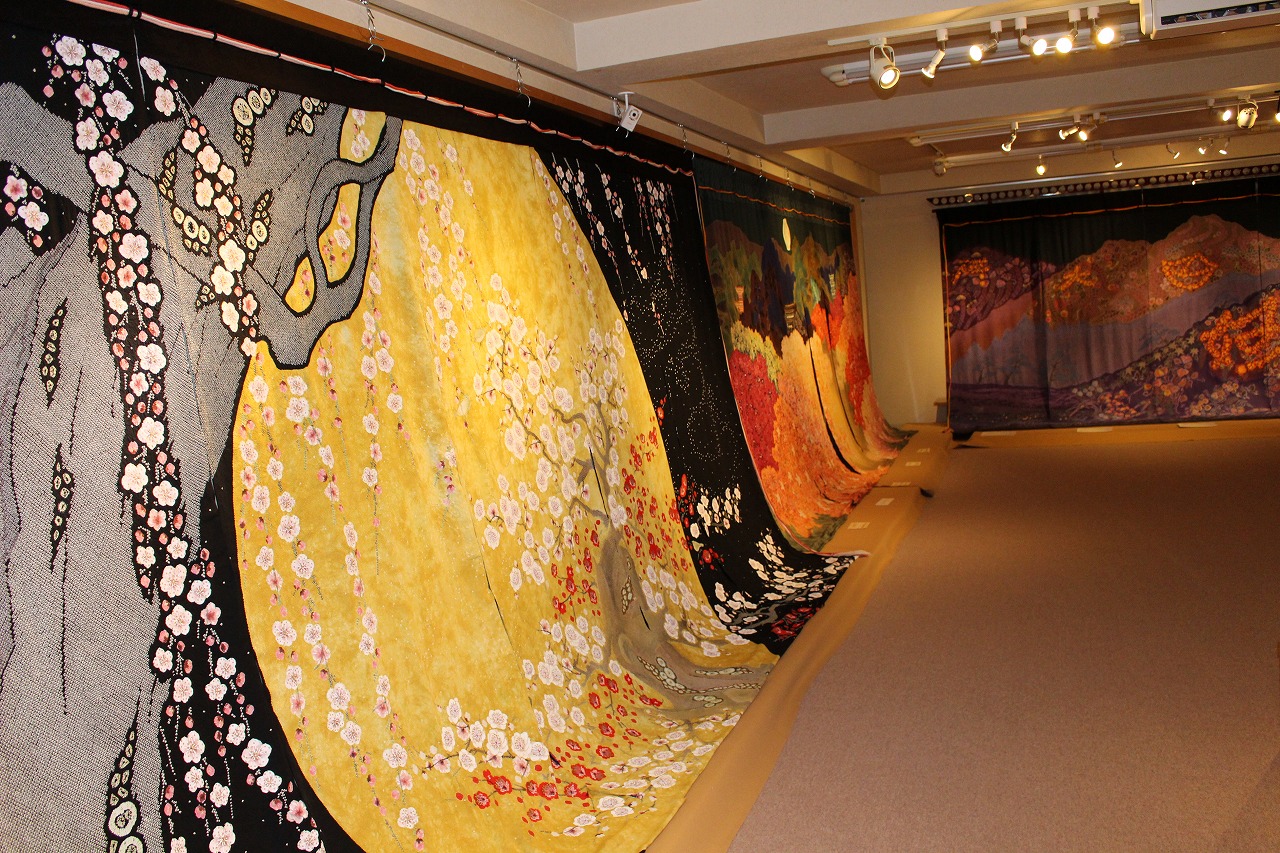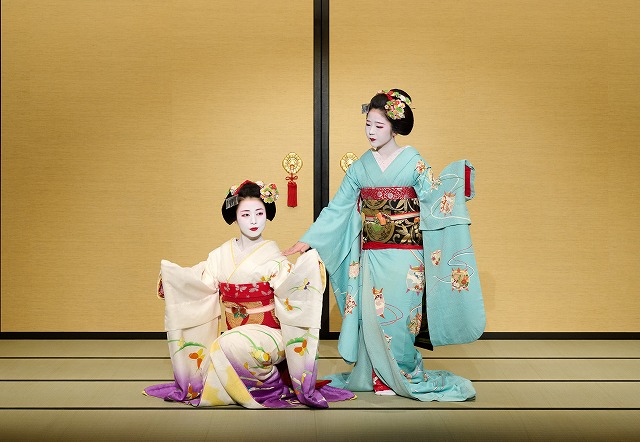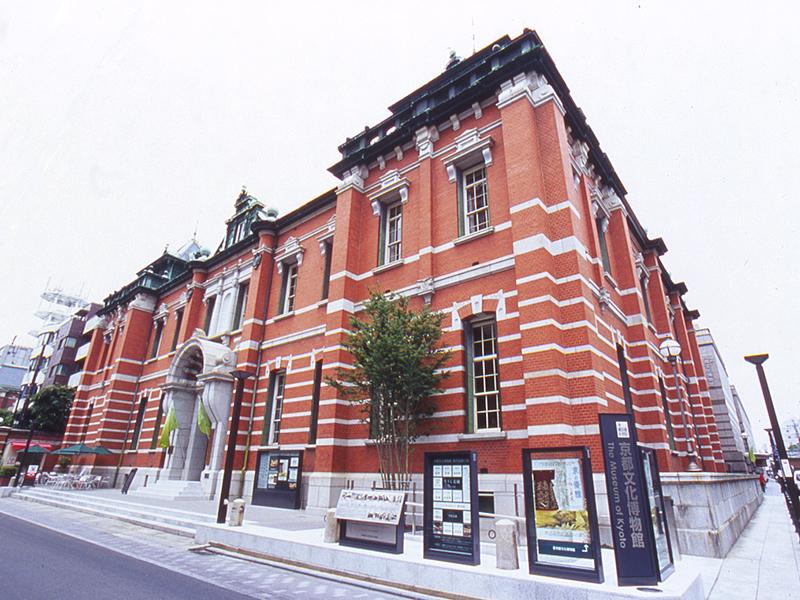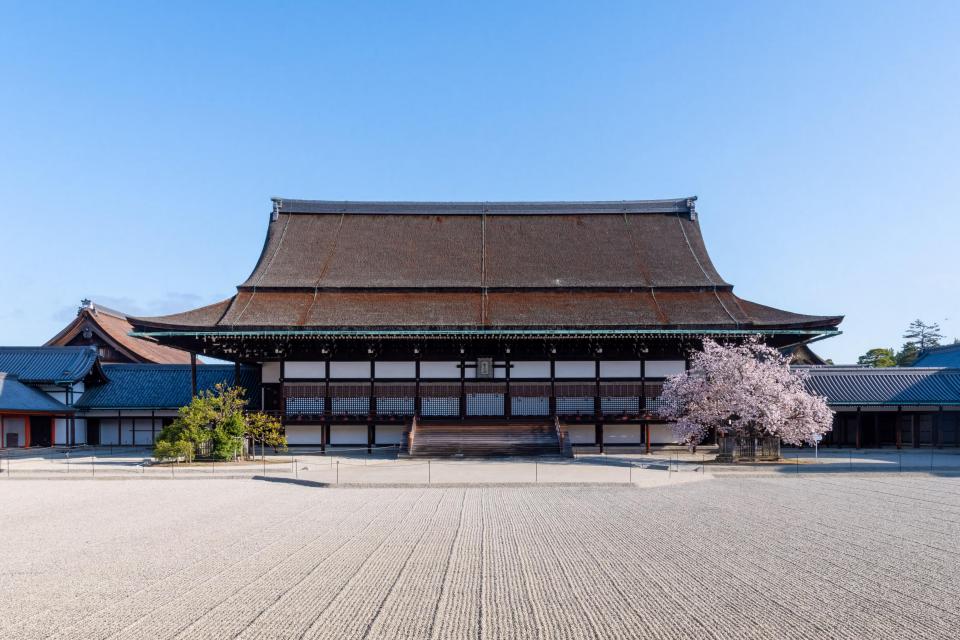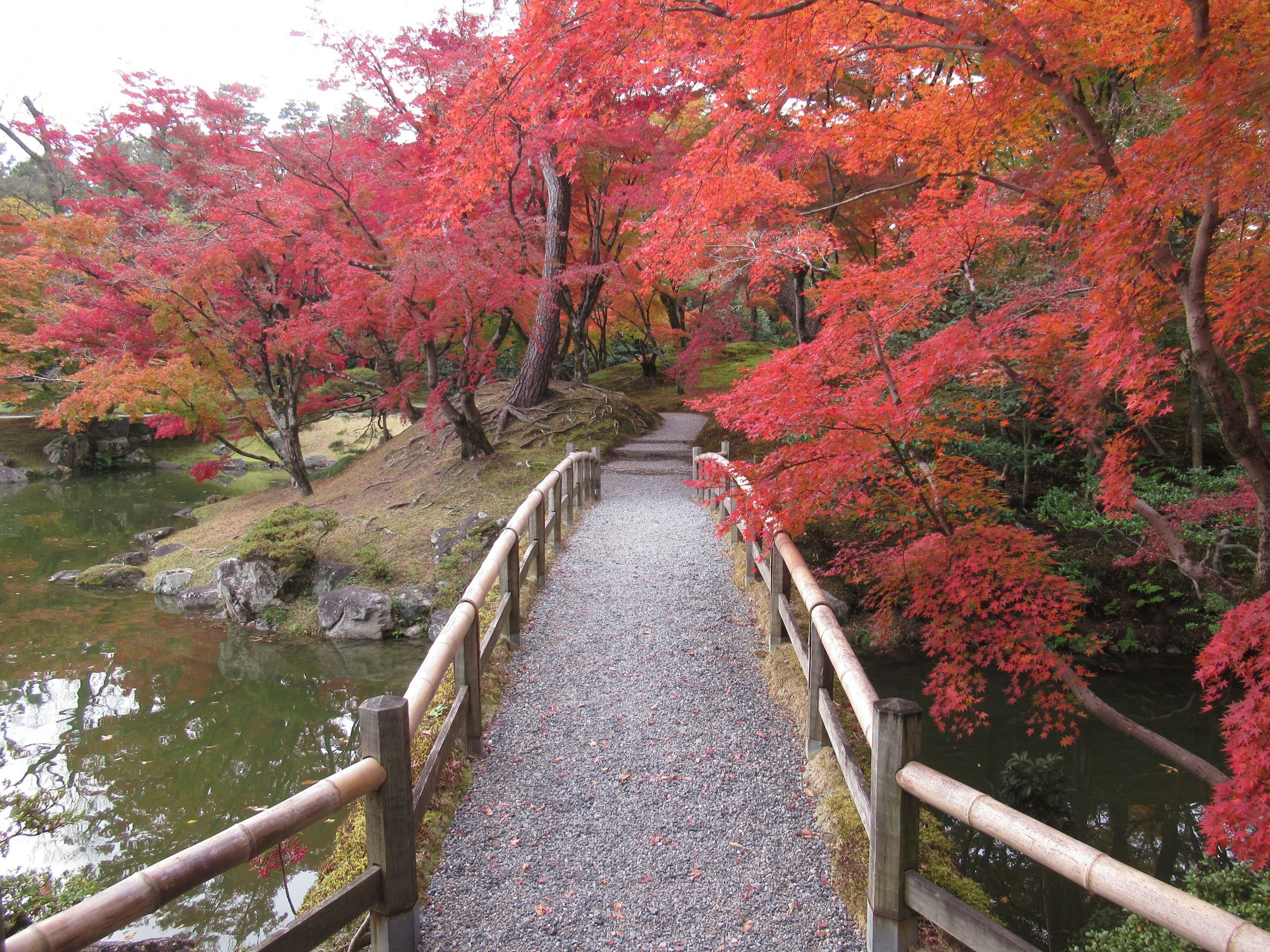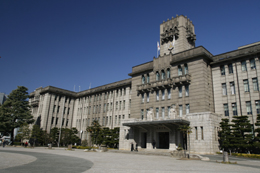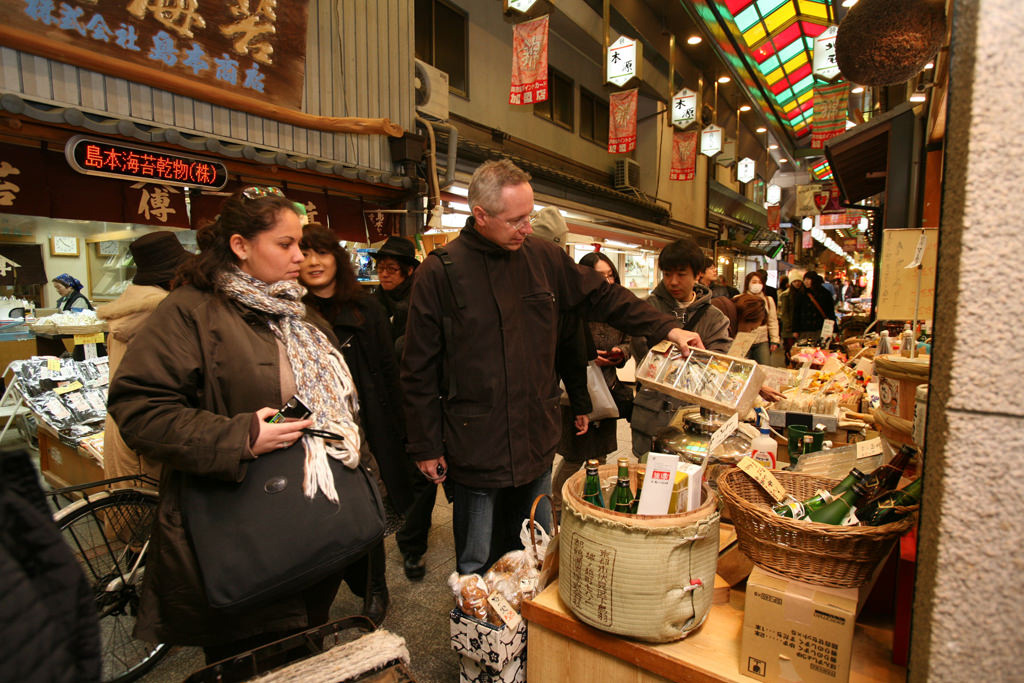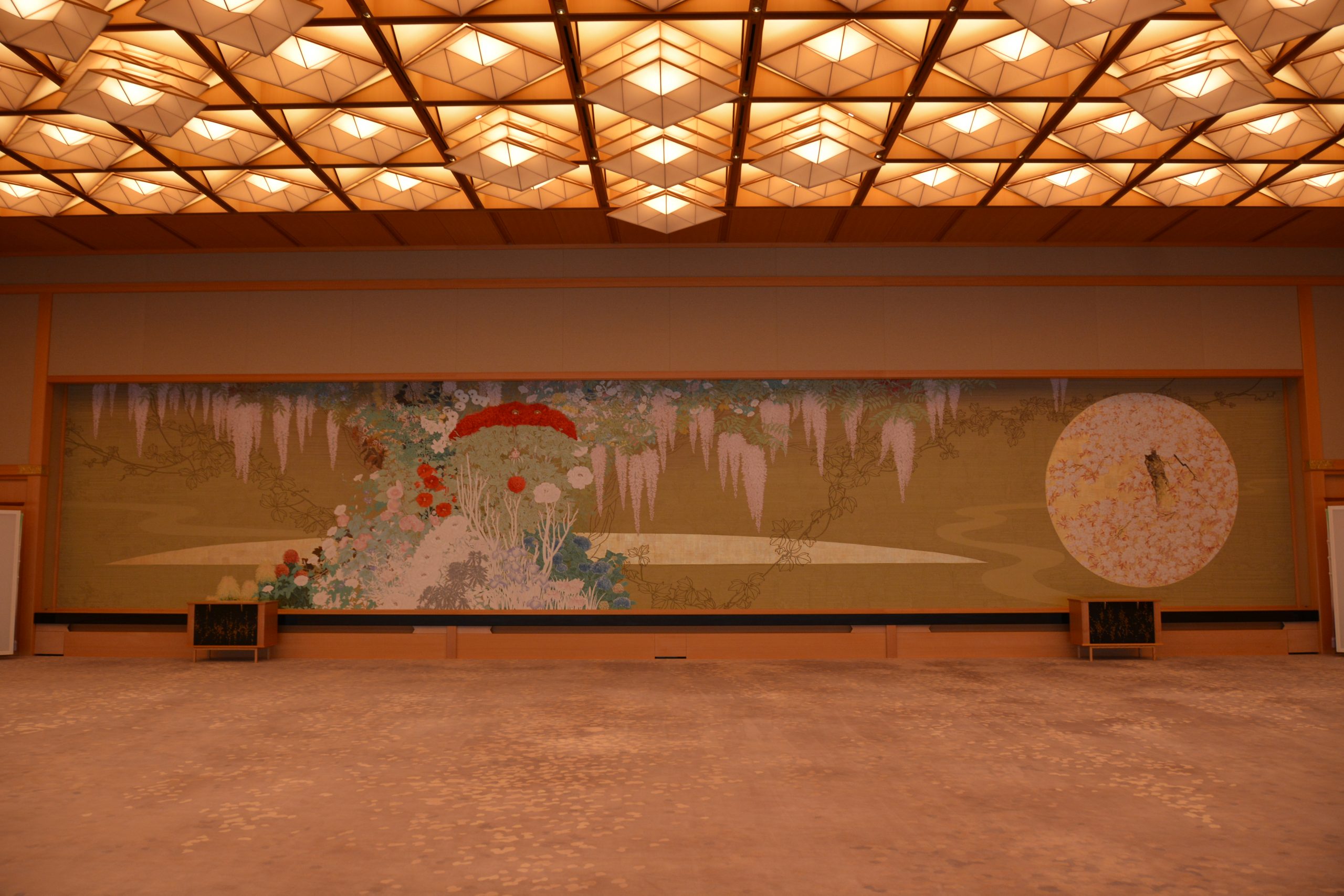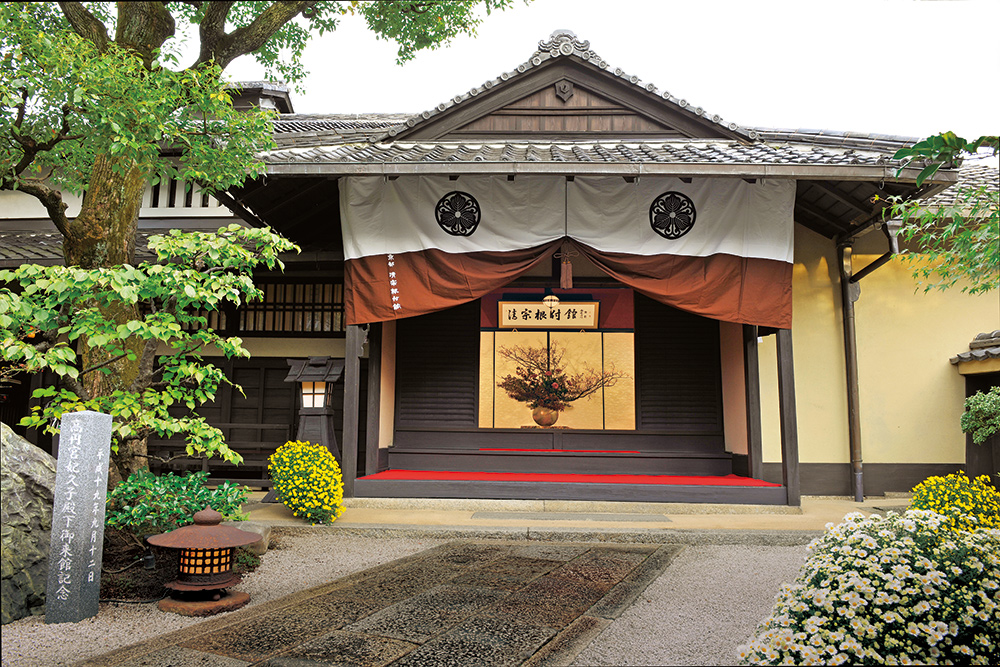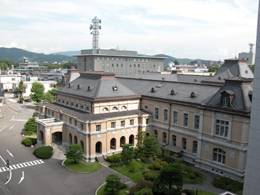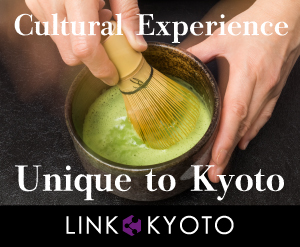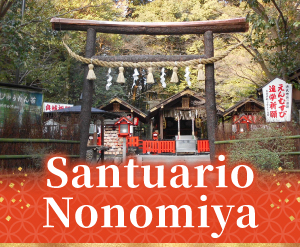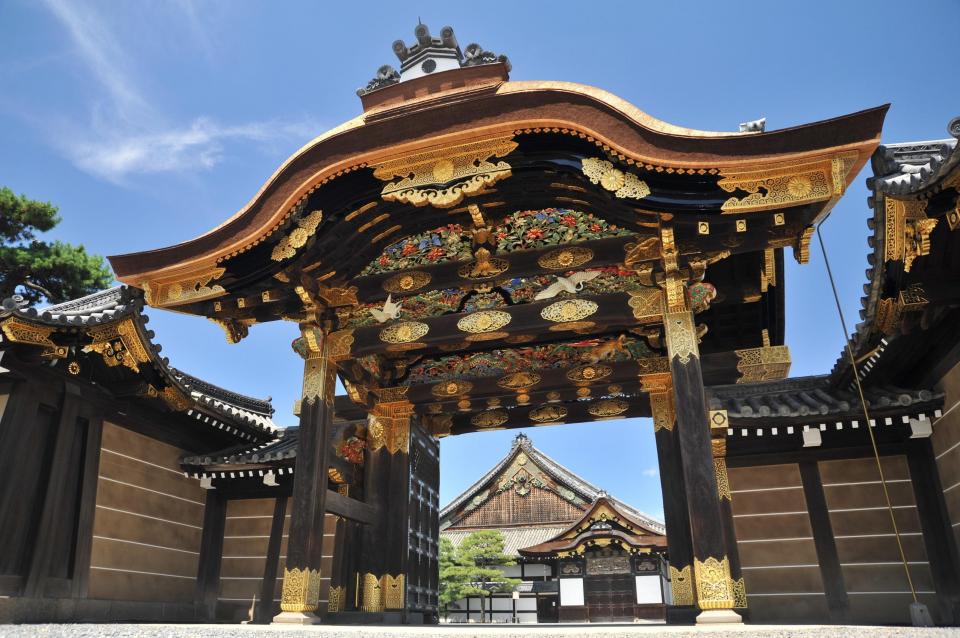
El magnífico estilo de este castillo fue concebido como una demostración del prestigio del Shogun Tokugawa Ieyasu (1542-1616).
El Castillo Nijo-jo fue la residencia de los shogunes Tokugawa en Kioto, quienes gobernaron Japón durante más de 260 años, de 1603 a 1868, y sigue siendo un testimonio elocuente de su poder. El amplio foso, los imponentes muros de piedra y las pesadas pero elaboradas puertas siguen siendo impresionantes, y fueron las únicas fortificaciones que los habitantes consideraron necesarias, dado su firme control del poder. Los terrenos son amplios y albergan varios jardines encantadores, así como arboledas de ciruelos y cerezos. El edificio del palacio en sí es imponente, pero, al examinarlo con atención, se aprecia una rica decoración.
Dentro del palacio se encuentran varias obras maestras del arte japonés, entre las que destacan los biombos pintados de la cámara principal. En esta sala, los shogunes se reunían con los daimyo (altos señores de la guerra y administradores) que solicitaban audiencia. Los biombos, pintados por artistas de la escuela de Kano, emplean colores intensos y abundante dorado para representar flores, árboles, aves y tigres. Su propósito era impresionar. También se encuentran en el palacio los famosos "suelos de ruiseñor", diseñados para crujir al pisarlos y alertar así a los guardias de la presencia de intrusos.
Mientras estés allí, únete Visita guiada oficial en inglés del castillo de Nijo-jo!
Información básica
- DIRECCIÓN : 541 Nijo-jo-cho, Horikawa-nishi-iru, Nijo-dori, Nakagyo-ku, ciudad de Kioto
- Sitio web : haga clic aquí
- Acceso : Cómodo acceso al castillo de Nijo-jo
